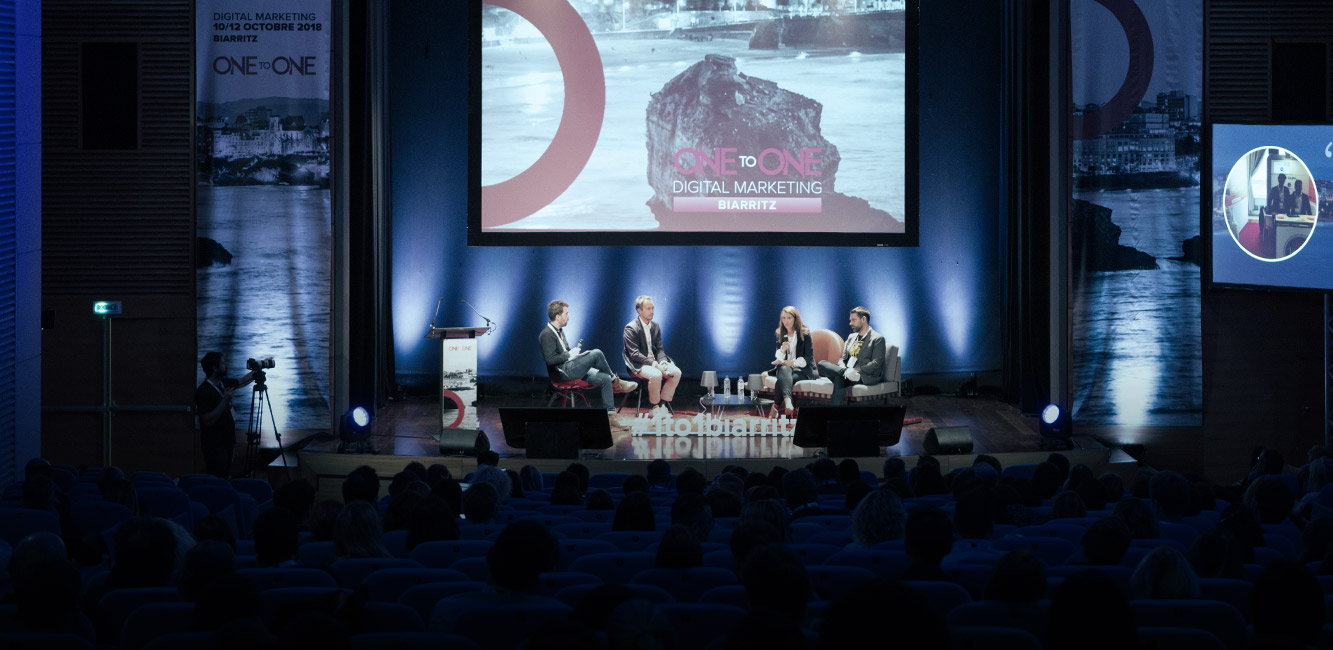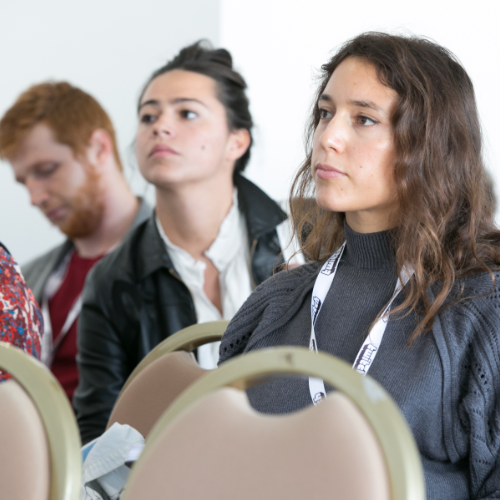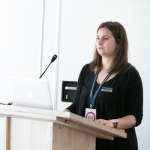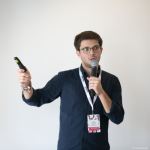How to understand and engage the end user with its mobile data?
This One-to-One Biarritz conference is hosted by Maxime Dauphin, Business Leader at Ogury France. The purpose of this exchange is to present how mobile data provides a better understanding of the end user.
Presentation of Ogury
Ogury is a French company created in 2014. It brings together 400 employees in ten countries. Ogury is a solution based on an SDK (software development kit), that is to say a measurement or advertising tool. Ogury SDK has the specificity to collect mobile data.
It is now installed in about 10,000 applications around the world, or about 400 million profiles whose data are collected, including 20 million in France. All this follows the GDPR (General Data Protection Regulation).
The Ogury solution is positioned as a mobile journey marketing technology, namely the understanding and optimal use of the mobile user journey.
This customer knowledge is based on four essential pillars: the consent of the user first, then the reception of mobile data to feed algorithms. The latter will then trace the user path and thus, ultimately, provide insights (lessons on the behaviour of a key audience and willingness to engage).
This consent obtained, Ogury will categorize the entire device of the user in question, namely all of its applications, the use it makes of it (with the notions of recency and frequency of use) as well as all of the sites it has consulted.
How to illustrate the impact of mobile data on customer knowledge?
Maxime Dauphin presents three examples to illustrate his point: socio-demographic targeting, the analysis of a moment of life and the intentions of the end user.
First example: how to generate effective socio-demographic targeting?
The target chosen is well known to marketers: 18-34-year olds, or millennials. Their mobile data mainly concerns applications such as Snapchat, Instagram, or delivery services.
Ogury then relies on the fact of being able to draw a more precise profile-type than the classic personas. The first step is to segment the entire device ID by working with ‘Médiamétrie’: 18-24 years old on one side, 25-34 years old on the other. The former is characterised by a high consumption of certain applications: entertainment, music, dating, social networks and gaming.
The latter also turn to dating or entertainment, but also to digital applications, or other applications related to motherhood. With this categorisation, it is then possible to apply targeting criteria that are truly representative of a given target.
Second example: an analysis of a moment of life, the search for real estate, and all the steps that will accompany it.
The study focused on mobile data from all applications (or “application universes”) used in the same context as a very representative application of a typical time in life, in this case the housing search on Seloger.com.
Then came traditional real estate agencies (Orpi or Century 21), but also real estate players and applications reserved for the contact of individuals in the engagement phase. The next step was to identify the discriminant sites of Orpi, that is to say those which evolve in its immediate environment (other traditional agencies, pure players and platforms between individuals).
The mobile data allow here to see the emergence of another territory of brands, that of the development and the works. All this data is then retrieved in a targeting file, optimised to be representative of the problem and of the people actually concerned by this moment of life and close to the commitment.
We can finally imagine the same kind of customer knowledge for other related areas, such as energy contracts or funding agencies.
Third example: how to capture the weak intentional signals of a user’s car purchase?
For Maxime Dauphin, “by focusing on the audience of the Peugeot site, we have brought out in the same way all the sites that will discriminate against this audience.”
The study allows us to say which brands will be consulted at the same time, namely the direct competitors of the manufacturer: Renault, Volkswagen, Audi and Nissan. But other categories will also discriminate this audience: specific proxy sites, used sites, and some automotive news sites.
Therefore, the first step is to observe key behaviour by reading the mobile data, the second to decide to fetch the corresponding end user.
Speaker:
Maxime Dauphin, Business Leader - Ogury France



